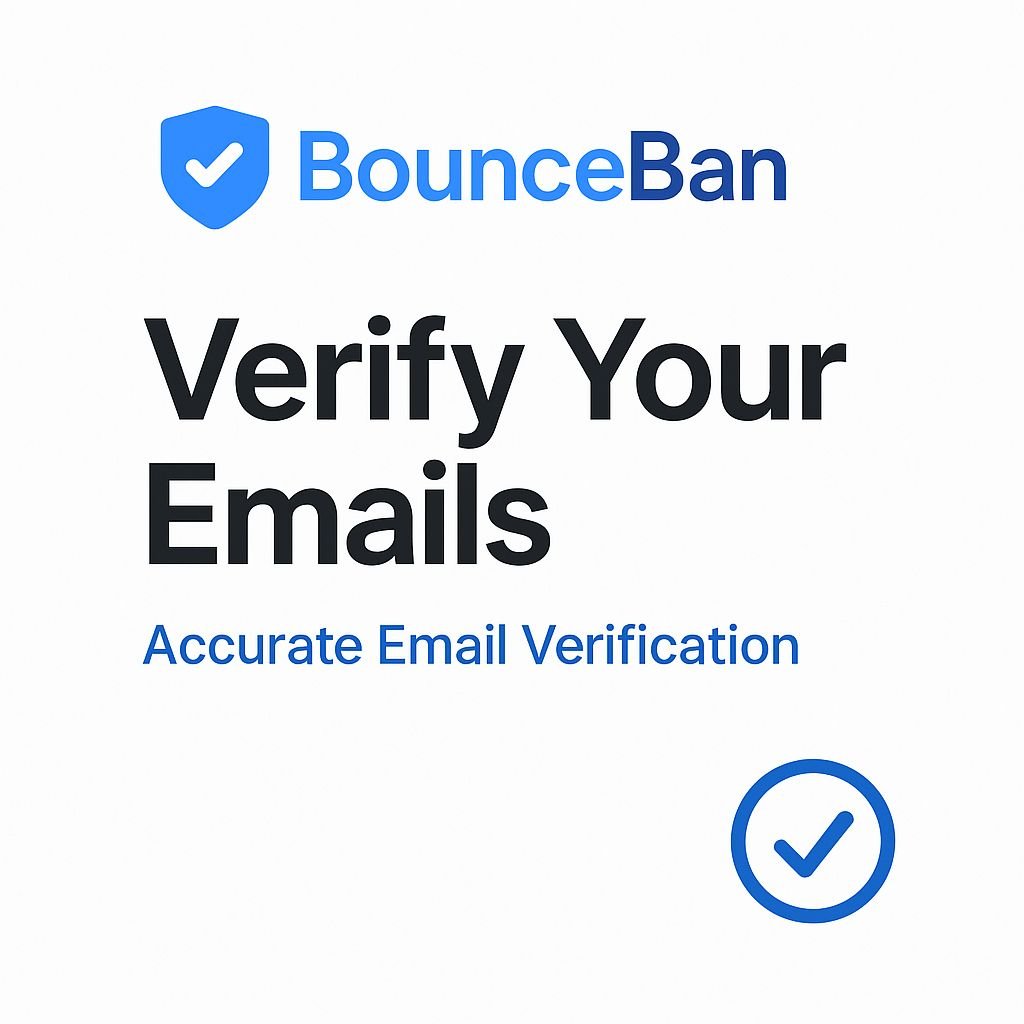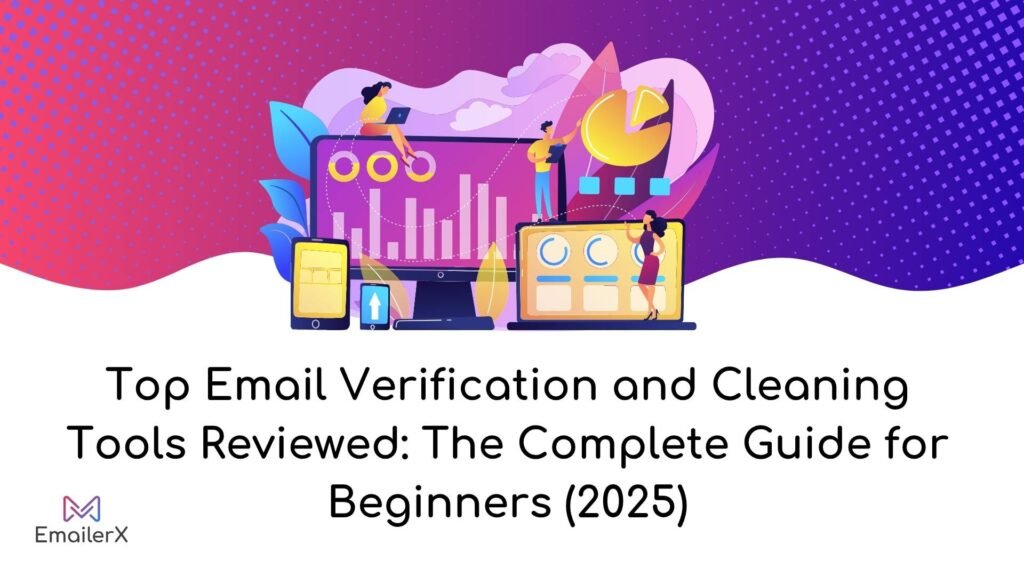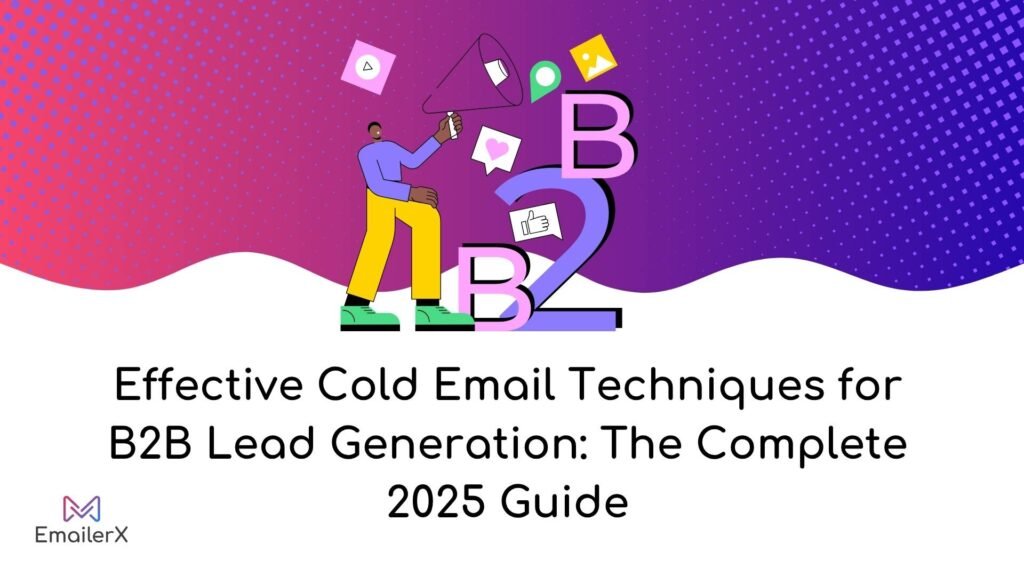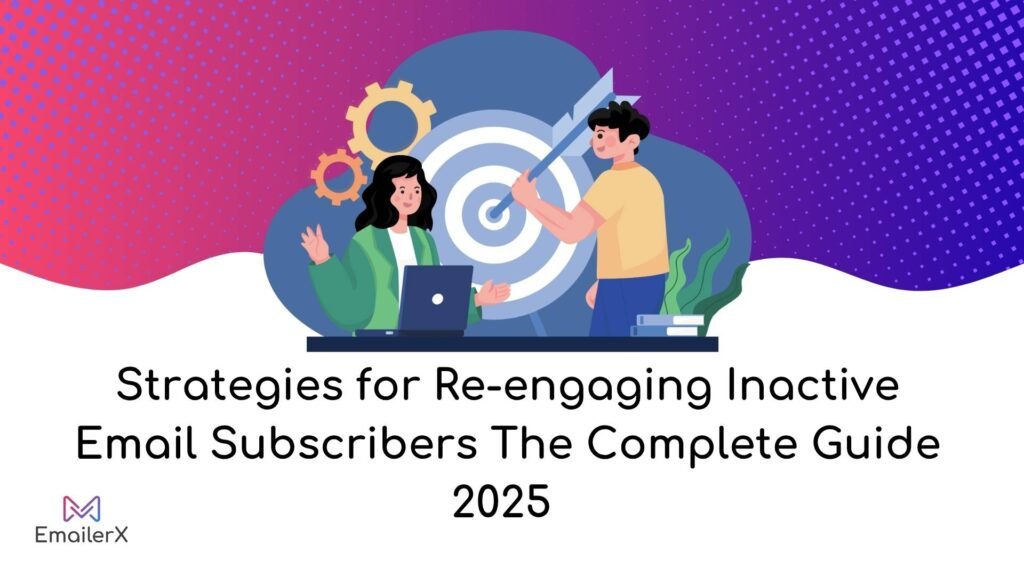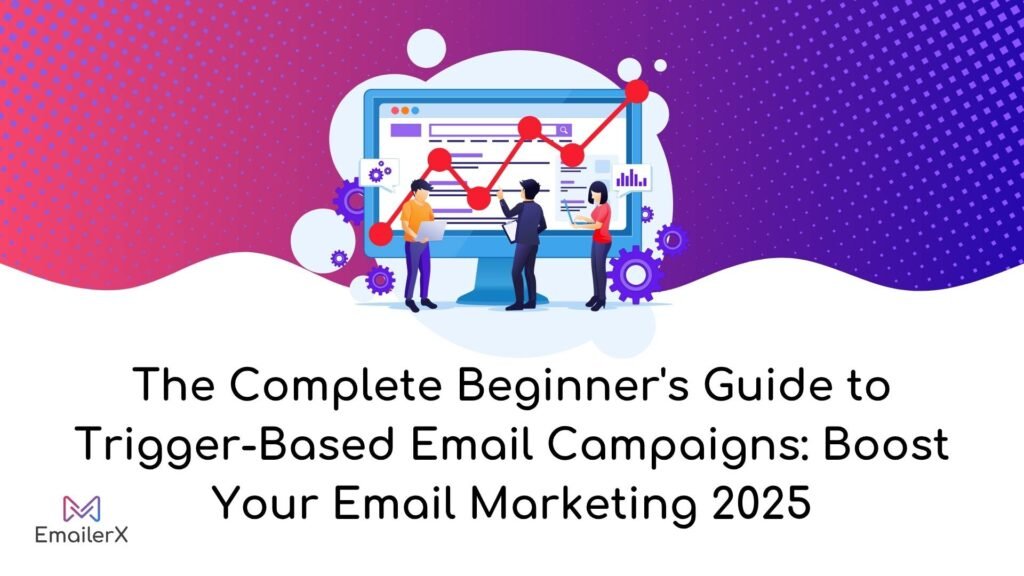Email deliverability is crucial for email marketing success, with 85% of daily emails marked as spam making inbox placement increasingly challenging. Deliverability monitoring tools have become essential for marketers who want to ensure their campaigns reach subscribers effectively.
These tools provide critical insights into your email performance and help identify potential issues before they impact your campaigns.
Understanding which metrics to track through deliverability monitoring tools can significantly improve your marketing results.
The right monitoring approach helps you maintain sender reputation, optimize delivery rates, and maximize your email marketing ROI. Without proper monitoring tools, even the best email campaigns can fail to reach their intended audience, making these solutions indispensable for modern email marketing.
Table of Contents
ToggleWhat Are Deliverability Monitoring Tools?
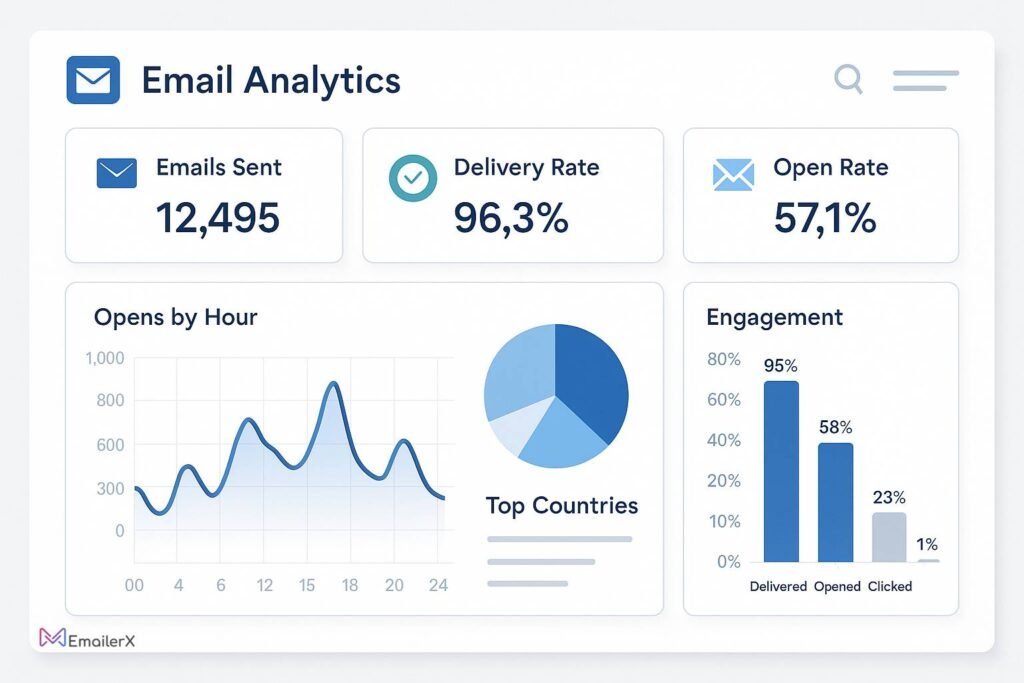
Deliverability monitoring tools are specialized software solutions designed to help you track, analyze, and improve your email deliverability performance. These tools go beyond basic email marketing analytics to provide deep insights into how email service providers (ESPs) treat your emails and where they actually land.
Email deliverability tools help with monitoring sender reputation, ensuring compliance with regulations like GDPR and CAN-SPAM Act, cleaning mail lists, providing analytics, automating rate throttling, analyzing for spammy content, and avoiding spam folders.
Why You Need Deliverability Monitoring Tools

Email marketing success increasingly depends on understanding delivery performance beyond basic send metrics.
Companies that actively track their inbox placement rates achieve significantly better campaign results than those relying solely on traditional engagement data.. Here’s why monitoring tools are essential:
- Proactive Issue Detection: Catch deliverability problems before they damage your sender reputation
- Maintaining a strong sender reputation requires continuous monitoring of your domain and IP status across different email service providers. Regular reputation tracking helps prevent deliverability issues before they impact your email campaign performance.
- Compliance Assurance: Ensure your emails meet authentication requirements
- Performance Optimization: Track metrics that directly impact your email ROI
- Competitive Advantage: Stay ahead with insights that basic email platforms don’t provide
Essential Metrics to Track with Deliverability Monitoring Tools
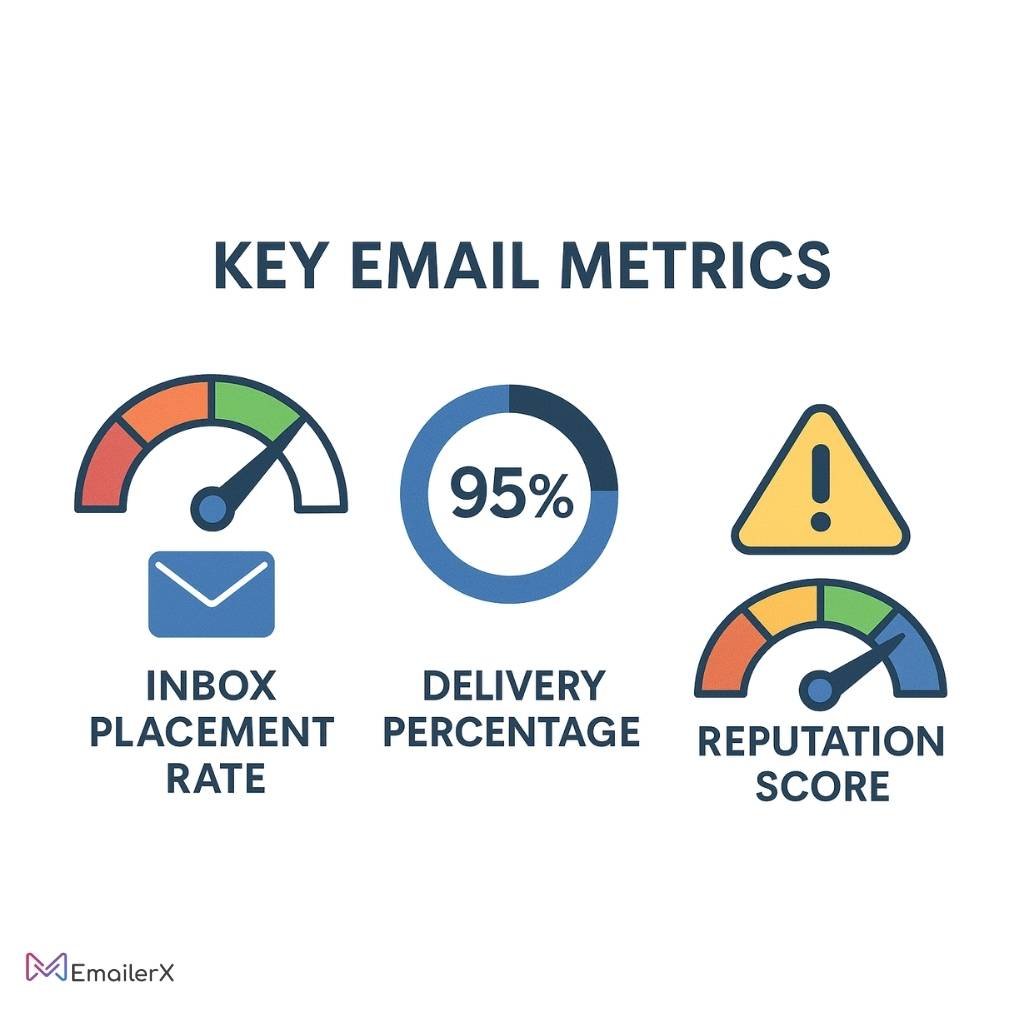
Understanding what to monitor is crucial for email success. Here are the key metrics every email marketer should track:
1. Inbox Placement Rate (IPR)
Inbox Placement Rate (IPR) is a critical metric that measures the effectiveness of your email delivery strategy. It represents the percentage of emails that successfully reach recipients’ primary inboxes rather than being diverted to spam or junk folders.
Why it matters: A high IPR ensures your campaigns reach your intended audience directly. Low IPR indicates potential issues with sender reputation, email content quality, or technical aspects of email delivery.
Target benchmark: Aim for 95% or higher inbox placement rate.
2. Delivery Rate
Delivery rate measures how many emails reach recipient mail servers successfully, regardless of whether they arrive in the inbox or spam folder. This metric differs from inbox placement rate, which specifically tracks emails that avoid spam filtering and reach the primary inbox.
How to calculate: (Delivered Emails ÷ Total Emails Sent) × 100
Target benchmark: Maintain a delivery rate above 95%.
3. Bounce Rates
Understanding bounce rates is crucial for list hygiene:
- Hard Bounces: A permanent delivery failure caused by an invalid email address, or when the sender’s IP or domain is blocked by ISPs
- Soft Bounces: The message has failed due to a temporary outage or resolvable issue
Target benchmark: Keep bounce rates below 2%.
4. Spam Placement Rate
Spam placement rate tracks the portion of your email campaigns that bypass the inbox and land directly in recipients’ junk folders. This critical metric helps identify deliverability issues that could be damaging your sender reputation and reducing campaign effectiveness. It’s the opposite of the Inbox Placement Rate and is a direct indicator of potential issues with your email deliverability.
Target benchmark: Keep spam placement below 5%.
5. Sender Reputation Score
Email sender reputation is a trust score that internet service providers assign based on your sending behavior and recipient engagement patterns. This score directly influences whether your emails reach the inbox or get filtered into spam folders.
Monitor: Domain reputation, IP reputation, and overall sender score.
6. Authentication Status
Track your email authentication protocols:
- SPF (Sender Policy Framework): Specify authorized mail servers for your domain
- DKIM (DomainKeys Identified Mail): Add a unique signature to verify email authenticity
- DMARC: Set policies for SPF and DKIM alignment and receive reports for monitoring
7. Engagement Metrics
- Open Rate: Percentage of recipients who open your emails
- Click-Through Rate (CTR): The percentage of recipients who clicked on one or more links within an email out of the total emails delivered
- Conversion Rate: The percentage of recipients who take the desired action after opening the email, such as clicking a link, making a purchase, or signing up
Top Deliverability Monitoring Tools for 2025

Free Deliverability Monitoring Tools
1. Google Postmaster Tools
Google Postmaster Tools provides Gmail-specific insights for high-volume senders, tracking spam rates, IP reputation, and delivery errors directly from Google’s perspective. The platform also verifies your email authentication setup (SPF, DKIM, DMARC) to ensure optimal Gmail deliverability and sender trust.
Best for: Businesses sending high volumes to Gmail users Price: Free Key Features:
- Gmail-specific deliverability insights
- Domain and IP reputation tracking
- Spam rate monitoring
- Authentication status verification
2. MxToolbox (Free Tier)
MxToolbox serves as a comprehensive email infrastructure diagnostic tool that validates your authentication records and monitors server health. The platform provides instant blacklist detection and removal guidance, helping maintain clean sender reputation across multiple email providers.
Best for: Technical users needing comprehensive diagnostics Price: Free tools available, paid plans from $129/month Key Features:
- Blacklist monitoring
- DNS and MX record checks
- SMTP diagnostics
- Email header analysis
3. Mail-Tester
Best for: Quick spam score checks Price: Free Key Features:
- Instant spam score analysis
- Content analysis
- Basic deliverability insights
Premium Deliverability Monitoring Tools
4. GlockApps
GlockApps offers features that are above technical authenticity. GlockApps offers blacklist monitoring, DMARC analytics, and even seeding testing.
Best for: Comprehensive deliverability testing Price: Free plan with 3 spam checks, paid plans from $59/month Key Features:
- Inbox placement testing with seed lists
- Real-time spam score analysis
- DMARC monitoring and analytics
- Blacklist monitoring across 50+ databases
- Email preview across multiple clients
5. ZeroBounce Deliverability Toolkit
ZeroBounce is a tool you can’t go past. This comprehensive platform combines essential deliverability tools like list validation, inbox placement testing, and blacklist monitoring in one solution. The integrated approach helps marketers maintain clean sending practices and optimize email performance across multiple authentication and reputation factors.
Best for: All-in-one deliverability solution Price: Free plan available, paid plans from $49/month Key Features:
- Complete email verification
- Inbox placement testing
- AI-powered email scoring
- Blacklist monitoring
- Email warmup tools
6. Litmus
Litmus offers proactive pre-send testing to catch reputation and content issues before campaigns launch, preventing deliverability problems. The platform’s post-send monitoring reveals actual inbox placement data, giving marketers complete visibility into their email performance lifecycle.
Best for: Email design and deliverability optimization Price: Plans from $99/month Key Features:
- Pre-send deliverability testing
- Email preview across 90+ clients
- Spam filter testing
- Real-time deliverability monitoring
7. MailReach
MailReach is the most effective and user-friendly cold email deliverability tool. MailReach combines complex algorithms and email best practices to offer a very efficient deliverability solution.
Best for: Cold email deliverability optimization Price: Plans from $79/month Key Features:
- Automated email warmup
- Deliverability monitoring
- Sender reputation management
- Email verification
8. Folderly
Folderly is an email deliverability platform that helps businesses ensure their emails reach the inbox and avoid spam folders. Inbox Insights: Analyzes email placement, IP addresses, and DNS records to identify potential deliverability issues before launching campaigns.
Best for: AI-powered deliverability optimization Price: Custom pricing Key Features:
- AI-driven deliverability analysis
- Automated issue resolution
- Real-time monitoring with Pulse
- Integration with major ESPs
Best Practices for Using Deliverability Monitoring Tools

1. Implement Pre-Send and Post-Send Testing
Using both pre-send and post-send tools provides a well-rounded approach to email deliverability, making sure each send is set up for success.
Pre-send testing helps you:
- Check spam scores before sending
- Verify authentication setup
- Test content for spam triggers
- Preview emails across clients
Post-send monitoring provides:
- Actual inbox placement data
- Engagement insights
- Reputation tracking
- Performance trends
2. Monitor Multiple Email Providers
Don’t focus solely on Gmail. The inbox placement seed list includes a wide range of ISPs, including major global providers (Gmail, Hotmail, Yahoo etc.) and country-specific providers (e.g. GMX, Web.de).
3. Set Up Automated Alerts
Configure alerts for:
- Sudden drops in delivery rates
- Spam score increases
- Blacklist appearances
- Authentication failures
- Reputation score changes
4. Regular List Hygiene
Email deliverability tools remove inactive, invalid, and duplicate email addresses from your mailing lists, so your marketing efforts don’t go wasted.
Best practices:
- Verify email lists monthly
- Remove hard bounces immediately
- Segment based on engagement
- Use double opt-in for new subscribers
5. Gradual Volume Scaling
Gradually increase your email sending volume to establish a positive sender reputation with email service providers (ESPs).
IP warming strategy:
- Start with small volumes
- Send to engaged subscribers first
- Increase volume gradually over 4-6 weeks
- Monitor reputation throughout the process
Integration with CRM and Marketing Stacks
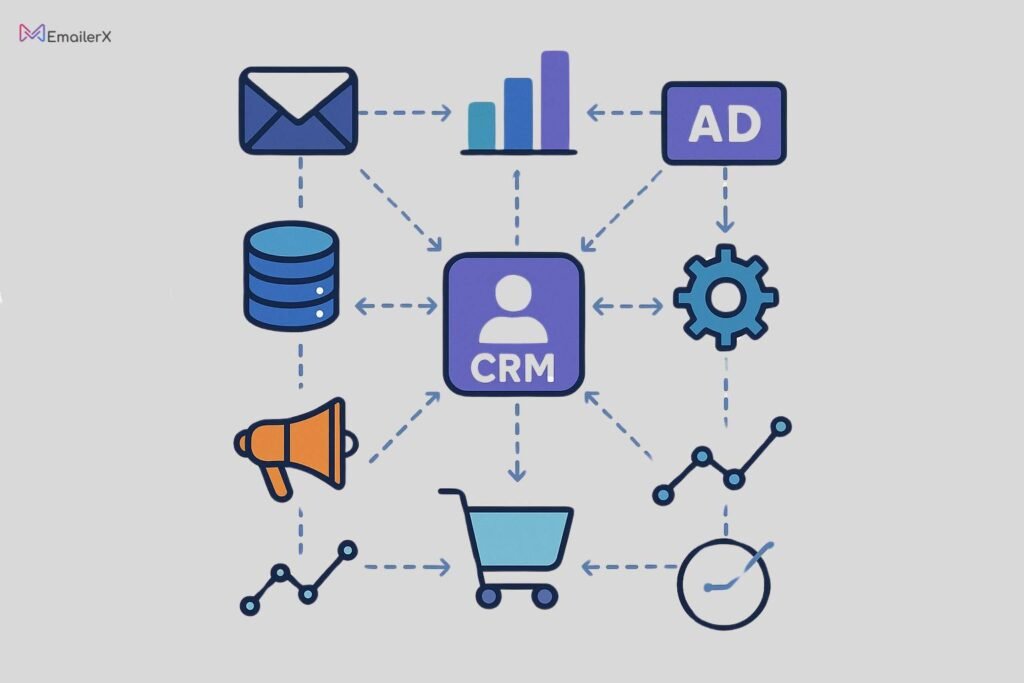
Modern deliverability monitoring tools integrate seamlessly with your existing technology stack:
Popular Integrations
- HubSpot: Native deliverability monitoring and predictive insights
- Salesforce: Integration with third-party deliverability tools
- Klaviyo: Built-in monitoring with third-party tool support
- Instantly: Automated warmup and monitoring features
API Connections
Most professional tools offer APIs for:
- Real-time data sync
- Automated reporting
- Custom dashboard creation
- Workflow automation
Advanced Email Analytics and Attribution
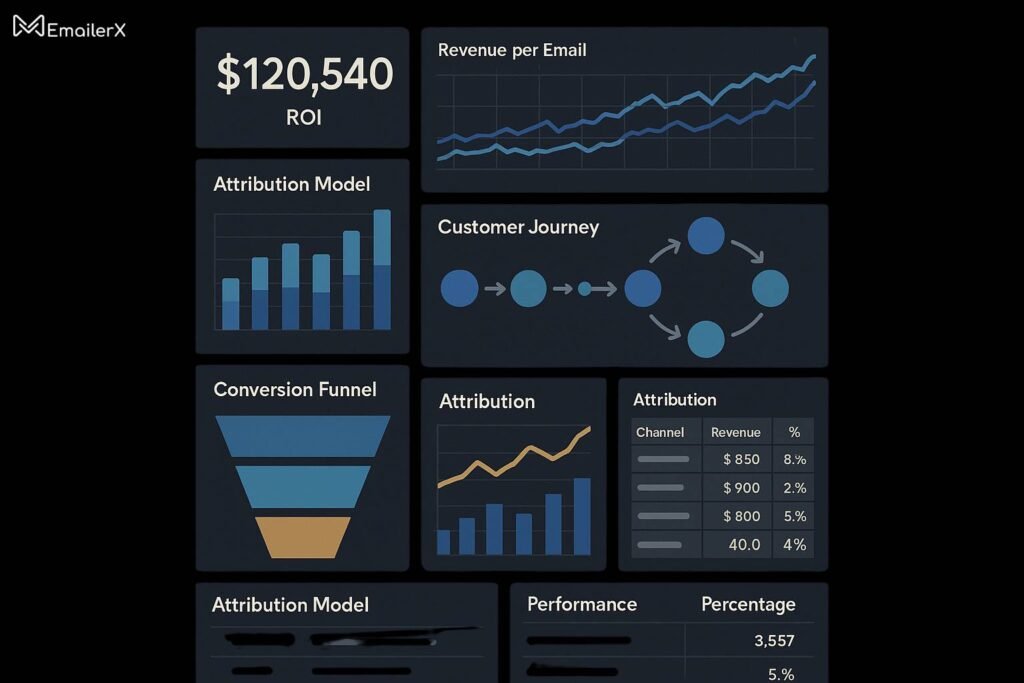
Tracking ROI from Deliverability Improvements
Monitor these business metrics:
- Revenue per email: Track income generated per delivered email
- Cost per acquisition: Calculate customer acquisition costs
- Lifetime value impact: Measure long-term customer value
- Campaign ROI: Monitor return on email marketing investment
Multi-Touch Attribution
Understanding the customer journey helps optimize:
- First-touch attribution: Track initial email engagement
- Last-touch attribution: Identify conversion drivers
- Multi-touch models: See the full engagement path
Compliance and Regulations in 2025

Key Regulations to Monitor
International email marketing requires compliance with privacy and anti-spam regulations that vary by country and apply to all commercial communications. Understanding these legal requirements is essential for avoiding penalties and maintaining successful email campaigns across different markets.
Major regulations:
- CAN-SPAM Act: US anti-spam legislation
- GDPR: European data protection rules
- CASL: Canadian anti-spam law
- Australia’s Spam Act: Australian regulations
Compliance Features in Monitoring Tools
Look for tools that provide:
- Consent tracking and management
- Unsubscribe monitoring
- Data processing compliance
- Audit trail maintenance
Future of Email Deliverability Monitoring

AI-Powered Optimization
Today’s email platforms integrate intelligent reputation management and deliverability optimization features directly into their systems. These automated tools help marketers maintain high inbox placement rates while preventing common sending mistakes that damage sender credibility.
Emerging trends:
- Predictive deliverability scoring
- Automated content optimization
- AI-driven send time optimization
- Machine learning reputation management
Evolving ISP Requirements
Stay ahead of changes:
- Enhanced authentication requirements
- Stricter engagement thresholds
- New reputation factors
- Updated filtering algorithms
Conclusion: Take Action on Your Email Deliverability Today
Email deliverability monitoring has become a critical requirement rather than an optional practice for successful email marketing campaigns.
In today’s competitive inbox environment, consistent monitoring is the foundation that determines whether your messages reach customers or disappear into spam folders. With spam filters becoming more sophisticated and ISPs implementing stricter policies, the businesses that actively monitor and optimize their deliverability will have a significant competitive advantage.
Your next steps:
- Begin your deliverability journey with essential free monitoring tools like Google Postmaster Tools and MxToolbox to establish baseline performance metrics. These platforms provide fundamental insights into your sender reputation and authentication status without requiring initial investment.
- Assess your current performance: Run baseline tests with tools like Mail-Tester
- Choose a comprehensive solution: Based on your needs, select a paid tool like GlockApps or ZeroBounce
- Implement monitoring protocols: Set up automated alerts and weekly reporting
- Optimize continuously: Use insights to improve content, timing, and targeting
Frequently Asked Questions
What is the difference between delivery rate and deliverability?
Email delivery rate is a specific email deliverability metric that measures the percentage of emails that have successfully reached your recipients in their inbox or spam folder. Email deliverability, on the other hand, is a broader concept about an email’s ability to reach the recipient’s inbox instead of being tagged as spam or blocked.
How often should I monitor my email deliverability?
For optimal results, monitor key metrics daily and conduct comprehensive analysis weekly. Set up automated alerts for immediate notification of significant changes.
What’s a good deliverability rate for cold emails?
A good email deliverability rate is typically 95% or higher, meaning that at least 95% of your emails successfully reach recipients’ inboxes. For cold emails, aim for similar benchmarks while focusing heavily on engagement metrics.
Can I use free tools for serious email marketing?
While free tools like Google Postmaster Tools and MxToolbox offer valuable insights, serious email marketers benefit from comprehensive paid solutions that provide deeper analytics, automation, and support.
How long does it take to see deliverability improvements?
Deliverability improvements typically take 2-4 weeks to become noticeable, depending on the issues addressed and the monitoring tools implemented. Reputation building is a gradual process that requires consistent optimization.
What causes emails to go to spam?
Common factors include poor sender reputation, missing authentication, spam trigger words, low engagement rates, blacklisted IPs, and poor list hygiene. Deliverability monitoring tools help identify and address these issues.
Should I use multiple deliverability monitoring tools?
Many successful email marketers use 2-3 complementary tools: one for comprehensive monitoring (like GlockApps), one for list verification (like ZeroBounce), and free tools like Google Postmaster for additional insights.
How do I choose the right monitoring tool?
Consider your email volume, budget, technical expertise, and specific needs (cold email vs. marketing campaigns). Start with free tools to understand basics, then upgrade to paid solutions as your needs grow.



